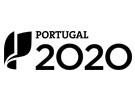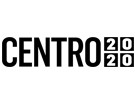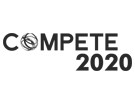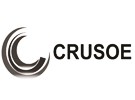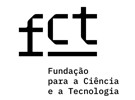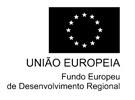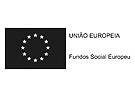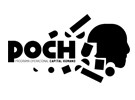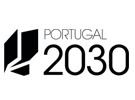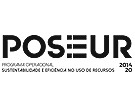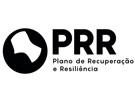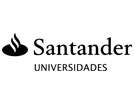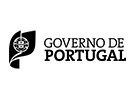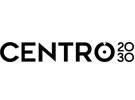


Publication in the Diário da República: Despacho nº 17071/2009 - 23/07/2009
3 ECTS; 1º Ano, Anual, 7,0 TP + 12,0 TC + 8,0 S , Cód. 649850.
Lecturer
- Fernando Manuel Conceição Costa (1)(2)
(1) Docente Responsável
(2) Docente que lecciona
Prerequisites
To be graduated in archaeology or related fields.
Objectives
Objective A - provide students with skills to assess critical situations of conservation of archeological objects, allowing to carry out small preventive treatments, as well as their identification and diagnosis;
Objective B - develop skills in the acquisition of knowledge that allow the practical execution of works in the areas of molding and reproduction of archaeological objects and structures, for the purpose of studying objects and/or exhibitions, as a way to safeguard the original objects.
Program
Moulding versus modelling. Difference Copy, replica and forgery. Types of Moulds. Standards for the evaluation of copies or reproductions. Legislation and Codes of Ethics concerning reproductions. Types of reproduction. Moulding Applied to Conservation and Restoration cases. Moulding Materials. Reproduction materials.
Evaluation Methodology
Assessment Method (in this master's degree there is only one assessment period)
Continuous assessment: practical performance (result of practical work performed in class)
60% + delivery of research work on a topic related to Molding Techniques applied to archaeological objects or contexts (to be defined in class with students)
40%. The student obtains approval whenever the sum of the works is equal to or greater than ten values.
Bibliography
- BRYDSON, J. (2002). LA SCULPTURE ? Toutes les Techniques. Paris: Dessain et Tolra
- CLÉRIN, P. (2004). A CERÂMICA ? Colecção Artes e Ofícios. Lisboa: Editorial Estampa
- David, N. (1989). Plastic Materials. London: ButterWorths
- Rice, P. (1986). POTTER?S DICTIONARY OF MATERIALS AND TECHNIQUES. London: A & C BLACK
Teaching Method
Laboratory classes where students are required to develop moulds/models and reports.
Software used in class
Not applicable.
